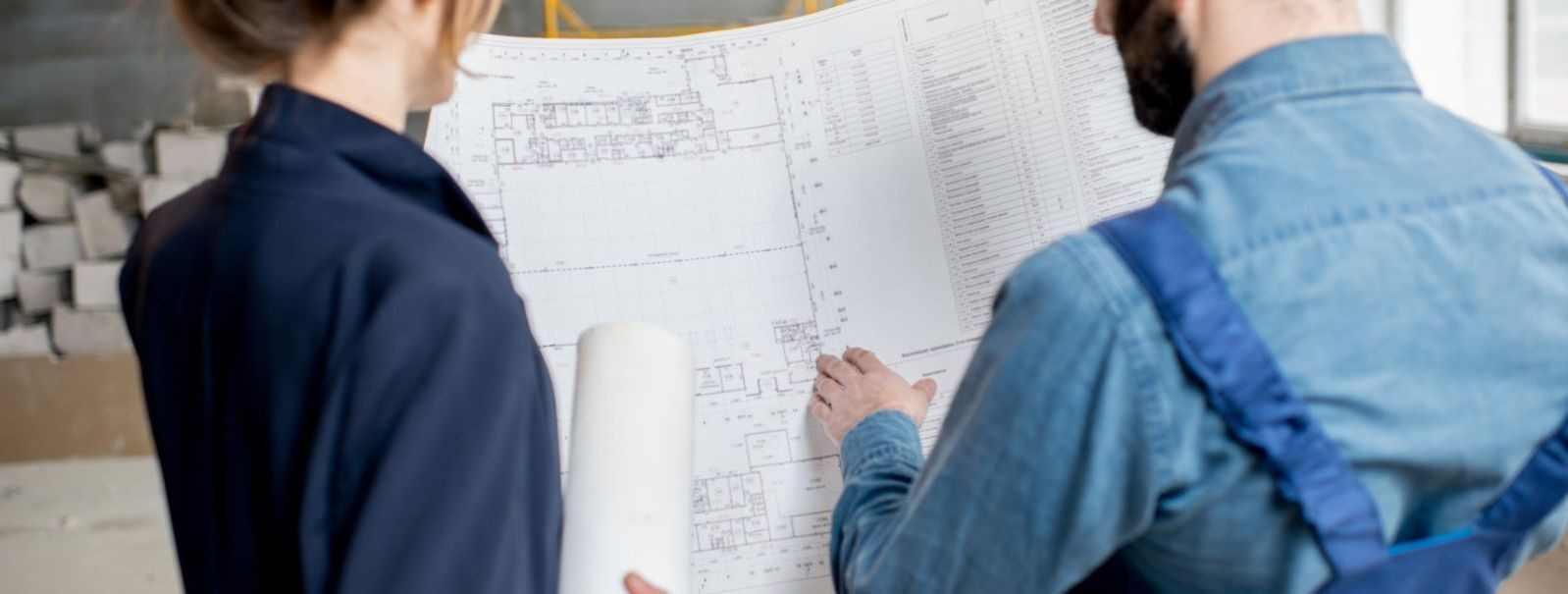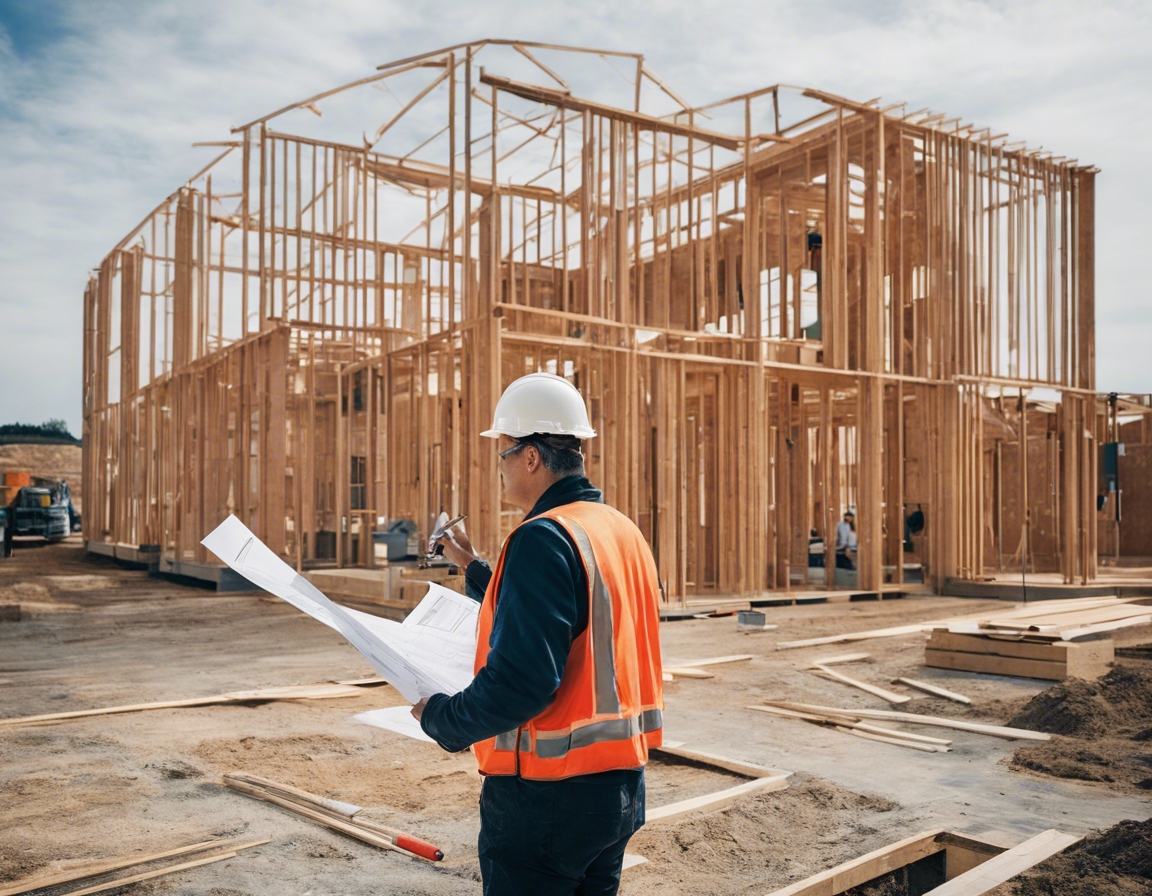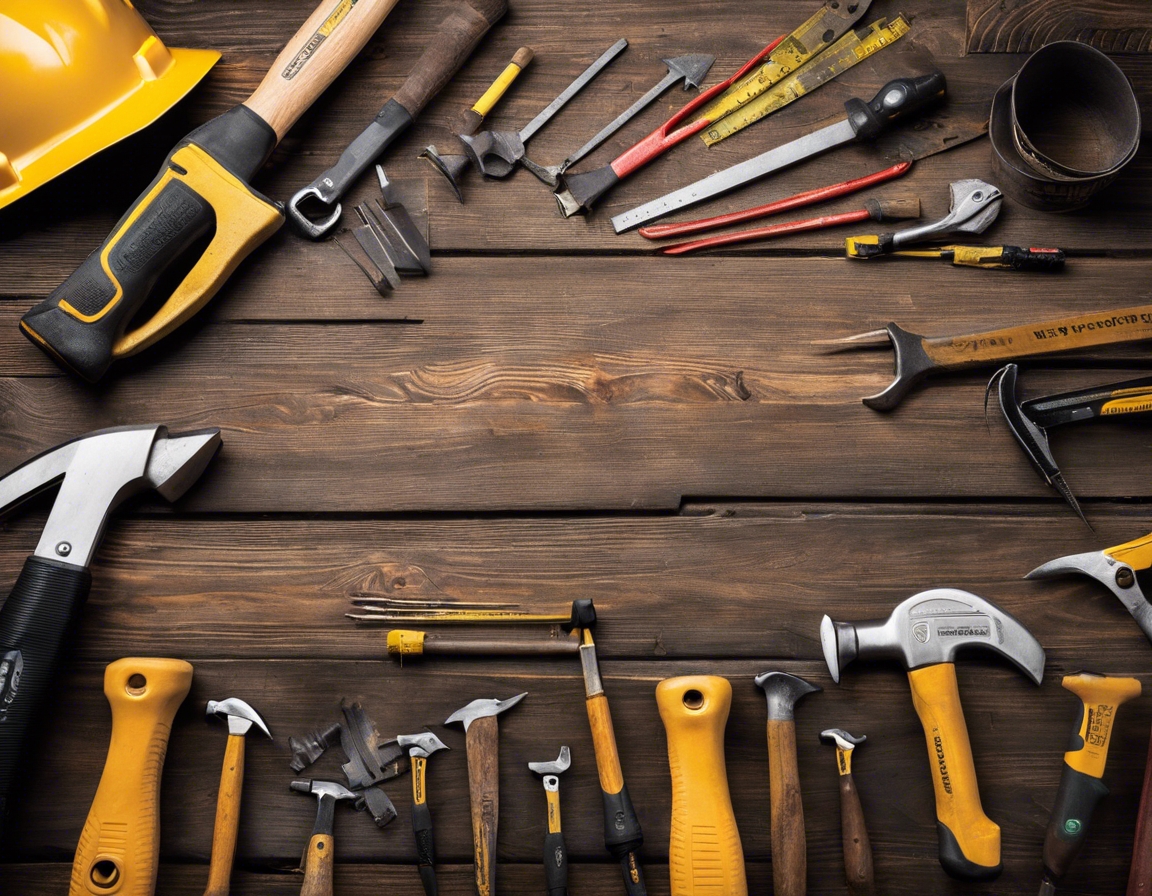The importance of sustainability in modern building practices
Sustainable building practices are a set of processes in the construction industry that aim to reduce the environmental impact of buildings while enhancing their efficiency and longevity. These practices encompass a broad range of activities, from the choice of materials to the design and operation of the building.
The concept of sustainability in construction has evolved significantly over the past few decades. Initially focused on energy conservation, it has expanded to include a holistic approach that considers all aspects of the building's life cycle.
The Pillars of Sustainable Building
One of the core pillars of sustainable building is the focus on energy efficiency and the integration of renewable energy sources. This includes the use of insulation, energy-efficient appliances, and systems that harness solar, wind, or geothermal energy.
Water conservation techniques, such as rainwater harvesting and greywater recycling, are essential in sustainable building to reduce water usage and manage resources effectively.
Selecting environmentally friendly materials that are durable, recyclable, and have a low carbon footprint is crucial. Waste reduction strategies during construction and demolition also play a significant role in sustainability.
Improving indoor environmental quality involves ensuring adequate ventilation, using non-toxic materials, and providing access to natural light, all of which contribute to the well-being of occupants.
Choosing the right site for construction and making responsible land-use decisions can minimize the building's impact on the environment and local ecosystems.
Benefits of Sustainable Building
Adopting sustainable building practices leads to reduced greenhouse gas emissions, conservation of natural resources, and a decrease in pollution.
While sustainable buildings may have higher upfront costs, they often result in long-term savings through reduced energy and water bills, lower maintenance costs, and increased property values.
Sustainable buildings can improve the quality of life for occupants by providing healthier living environments and fostering a sense of community through shared sustainable practices.
Challenges in Sustainable Building
One of the main challenges in sustainable building is the perception of higher initial costs, which can be a barrier for clients with strict budgets.
Navigating the complex landscape of building regulations and obtaining sustainability certifications can be challenging for builders and clients alike.
The construction industry often faces a gap in knowledge and skills necessary to implement sustainable building practices effectively.
Integrating Sustainability into Modern Building Practices
Integrating sustainability begins at the design and planning stage, with a focus on creating buildings that are efficient, adaptable, and in harmony with their surroundings.
Modern construction techniques that promote sustainability include modular building, green roofs, and the use of advanced building information modeling (BIM) software.
Ensuring that buildings are operated and maintained sustainably is as important as the initial construction. This includes regular energy audits and the use of smart building technologies.
The adoption of innovative technologies such as 3D printing in construction and smart home systems is paving the way for more sustainable building practices.






Comments (0)